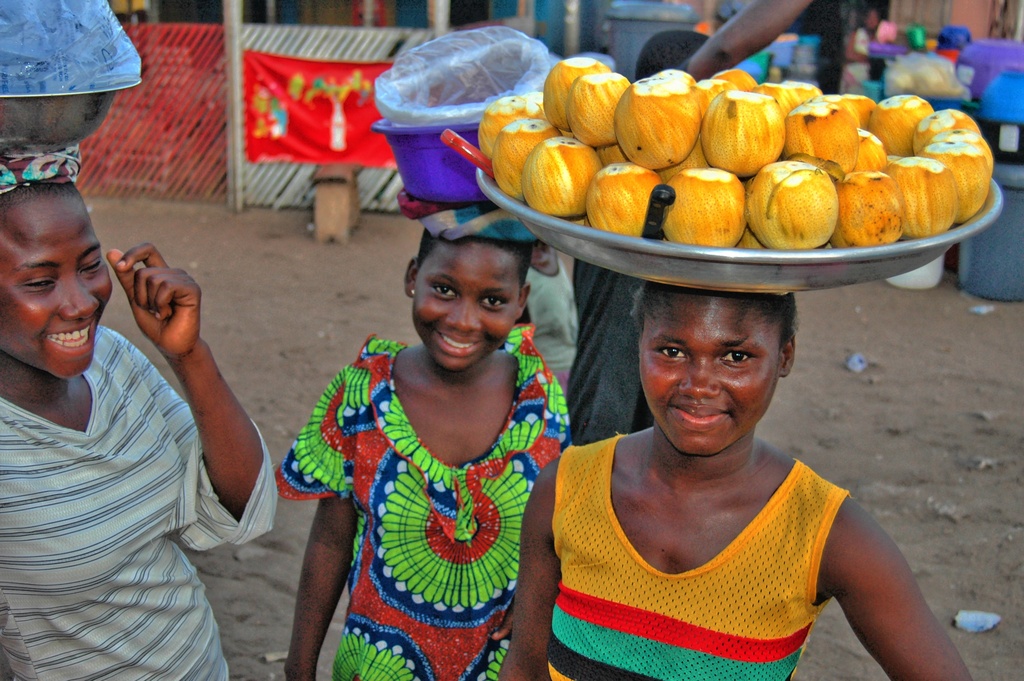Lopo Soares de Albergaria
Biography of Lopo Soares de Albergaria
Full Name: Lopo Soares de Albergaria
Nationality: Portuguese
Titles: Explorer, Colonial Governor, Nobleman
Known For: Expanding Portuguese maritime influence and trade routes along the West African coast and across the Indian Ocean during the early 16th century; served as Governor of Portuguese India and played a key role in the early phases of European-African and European-Asian contact
Early Life and Background
Lopo Soares de Albergaria was born in Portugal, likely in the late 15th century, into a noble family with maritime and military ties. He came of age during the Age of Discovery, a period in which Portugal was emerging as a global naval power, driven by its ambitions for trade, exploration, and religious expansion.
Albergaria became part of the generation of Portuguese navigators and administrators who followed the pioneering voyages of Bartolomeu Dias and Vasco da Gama, helping to establish Portuguese outposts and trading forts along the coasts of Africa and Asia.
Role in West Africa
As part of the early Portuguese expeditions, Lopo Soares de Albergaria contributed to the establishment and reinforcement of Portuguese presence along the West African coast, particularly in the Gold Coast (present-day Ghana) and the Guinea coast.
He was involved in missions that focused on:
Securing gold trade routes with local African states
Establishing Portuguese dominance in coastal waters
Engaging in both diplomatic and military encounters with local rulers
Facilitating the construction and resupply of fortified trading posts, such as São Jorge da Mina (Elmina Castle)
His work along the coast was part of Portugal’s broader strategy to control maritime trade in gold, ivory, spices, and increasingly, enslaved people—commodities that fueled European expansion.
Governor of Portuguese India
Lopo Soares de Albergaria’s most prominent appointment came in 1515, when he succeeded Afonso de Albuquerque as the Governor of Portuguese India. His tenure marked a shift in Portuguese strategy, focusing more on consolidating commercial gains rather than aggressive territorial expansion.
During his governorship, he:
Strengthened Portuguese naval power in the Indian Ocean
Oversaw trade networks stretching from East Africa to Southeast Asia
Managed relations with regional powers such as the Ottoman Empire, Arab traders, and Indian kingdoms
Attempted diplomatic contact with Ethiopia and other Christian states in East Africa
His leadership helped ensure that Portugal maintained dominance over key sea routes, securing its early status as a global colonial power.
Return to Portugal and Later Life
After concluding his term in Asia, Lopo Soares de Albergaria returned to Portugal. His later years were marked by continued influence within Portuguese court circles, especially in maritime and colonial policy discussions.
Though his name is sometimes overshadowed by more famous navigators, Albergaria played a crucial transitional role in transforming Portuguese exploration into sustainable imperial administration, both in Africa and Asia.
Legacy
Lopo Soares de Albergaria is remembered as one of the architects of Portugal’s early empire, especially in relation to:
Trade and fortification along the West African coast
The institutionalization of colonial governance in Asia
Expansion of Christian influence, including missionary efforts in Africa and the Indian Ocean region
His career exemplified the dual nature of early European exploration—commerce intertwined with conquest, diplomacy paired with domination.
In regions such as Ghana, his era helped lay the foundations for centuries of Portuguese involvement, particularly in the establishment of coastal forts that later became central to the Atlantic slave trade.
Lopo Soares de Albergaria was a key figure in the early 16th-century expansion of Portuguese power, bridging the worlds of West African trade, Indian Ocean empire-building, and European maritime strategy. As both explorer and governor, he helped set the course for an era of global colonialism that would shape world history for centuries to come.
Other websites - Not shown within our main site-map:
- Fort Teshie (Fort Augustaborg) - Teshie, Accra)
- Fort Komenda - 2 Forts at Komenda (Central Region, near Elmina and Cape Coast, Central Region)
- Forth Conraadsborg (Elmina, Central Region)
- Fort Ussher (Accra, Ussher Town)
- Fort Wiliam (Cape Coast, Central Region)
- Fort Victoria (Cape Coast, Central Region)
- Fort Batenstein (Butree, Western Region)
- Fort Patience (Central Region)
- Kwame Nkrumah Memorial Park and Museum (Accra)
- Yaa Asantewaah Museum (Ashanti Region)
- The W .E. B. Du Bois Centre for Pan African Culture (Accra)
- Volta Regional Museum, Ho (Volta Region)
- Kakum National Park (Central Region, near Cape Coast)
- Aburi & Aburi Botanical Gardens (Aburi, Eastern region)
- Kwame Nkrumah Mausoleum Nkroful (Western Region, Nkroful)
- Official website of Tetthe Quarshie Art market (Accra)
Search Ghana Flights Info

3 girls selling fruits and food at the road side. (c) Strictly by Remo Kurka (photography)